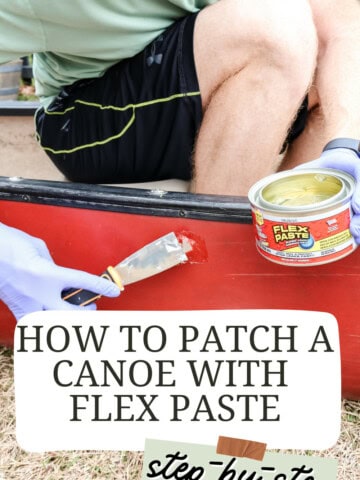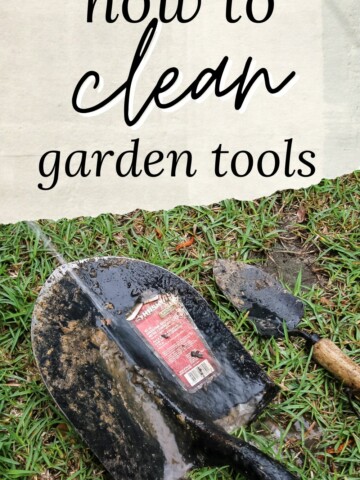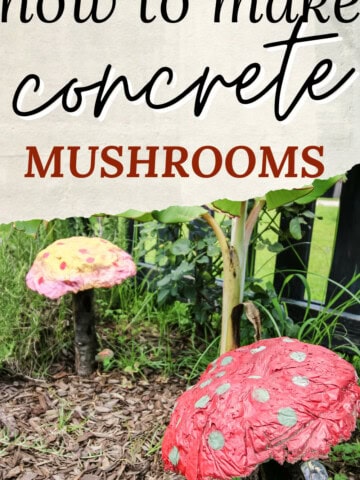Need to add drainage to one of your plants? Here is a complete step by step tutorial and demonstration video for how to drill drainage holes in a plastic pot!
Is there anything worse than spending time and money on plants and having them shrivel up on you?
I personally get attached to my plants and try to keep them alive.
While some plants might dry out and turn crispy, it is actually much more likely that people over water than under water them.
What I like to call a little too much love.
The best way to prevent over watering your plants is to have holes in the bottom of the pot. This allows excess water to drain out, leaving behind just what the plant needs.
But, so many cute pots don't come with holes in the bottom. What do we do about that? We drill them ourselves, of course!
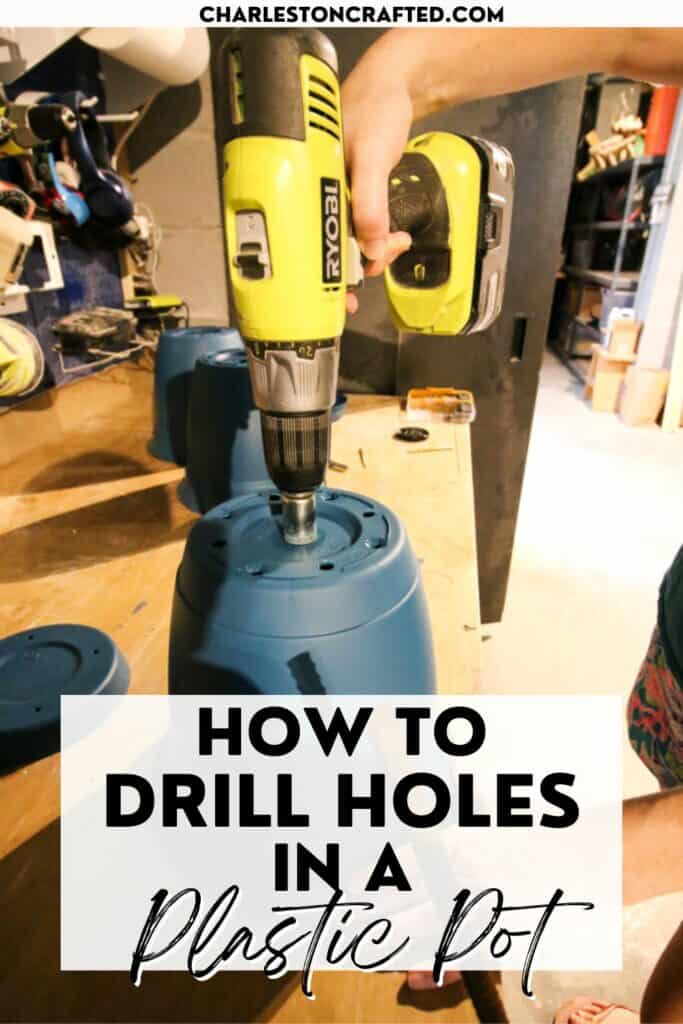
Why do pots need drainage?
Drainage is important because plants love water, but not too much water. In their natural settings, most plants will get rained on, then excess water will drain away naturally. The roots can absorb what they need and then dry out in between waterings.
Plant roots that sit in water tend to rot. Dark + super wet + warm = mushy roots
Excess water pooling around roots can also cut off the flow of oxygen to the roots. When that happens, the plant literally suffocates. Not good!
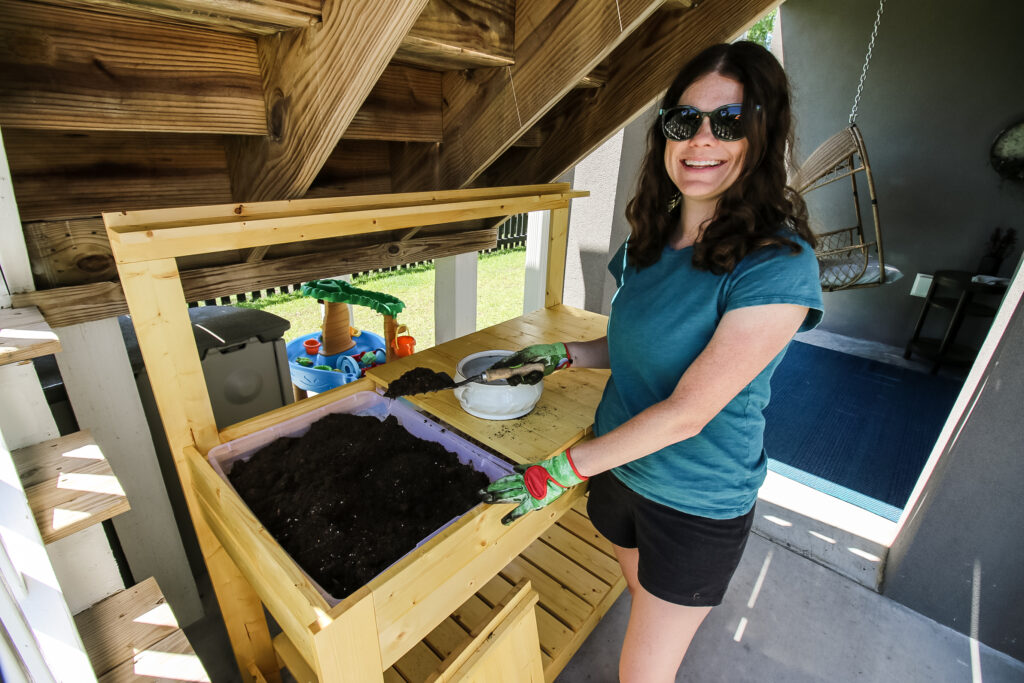
Ways to add drainage to a pot:
There are 3 main ways to add drainage to your potted plant.
Double pot
Place a pot with drain holes (like the plastic nursery pot a plant comes in) inside a larger pot. Water can dribble out the inner pot into the outer pot.
This method is ok - I like to use it and actually remove the inner pots, water them in the sink, let the water drain out, and then put the pot back.
It is not an effective method if you just let it sit there in pooling water in a double pot.
Add pebbles to the bottom
Adding a layer of small rocks or pebbles creates open air space where water can settle, but your soil won't get soggy.
This method is mildly effective, but it's easy to add water to fill the pebbles and then it still gets up and rots the roots.
Drill holes in your planter
Drainage holes let excess water flow right out. With proper drainage holes in your pot, it is impossible to overwater because the extra water drains away. This is the best way, by far, to add drainage to your pots.
Beware if you have indoor house plants - put them on a saucer or drip tray if you drill holes in your pot or you risk a soggy shelf or floor!
No drainage holes? No problem. Let's drill them! This is a super doable DIY, even for someone who isn't very handy.
Check out our tutorial on how to drill drainage holes in ceramic pots!
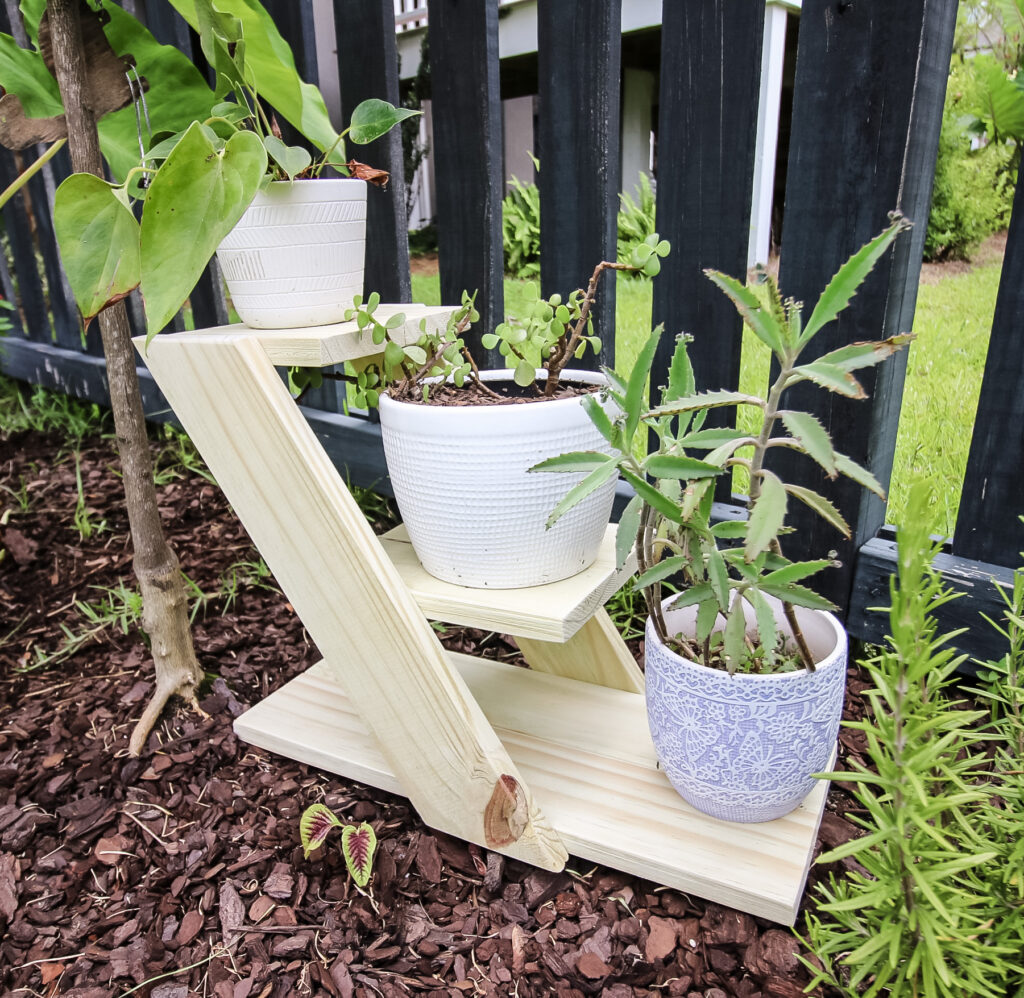
How to drill a hole in a plastic pot
Here's how easy it is to add drainage holes to plastic pots!
Supplies needed:
- Diamond drill bit for large holes or a super hard pot.
- Sharp twist bit for regular plastic pot (see my guide to drill bits for each pot type below)
- Cordless drill
- Plastic pot
- Safety glasses/safety goggles
- Awesome plants!
How to drill drainage holes into a plastic pot
Here are the steps to follow to be sure you get great holes without damaging your pot.
STEP 1: Get the right drill bit
For very hard plastic pots, you will need a Diamond drill bit to drill through it. These are also sometimes labeled as masonry drill bits. It sounds scary - but they are super easy to use (and inexpensive).
Diamond drill bits are designed for drilling into tile - kind of like a wet saw.
It sounds fancy but they are inexpensive and usually come in a 5 pack online or at most hardware stores. They will fit any standard drill.
You can always use a simple sharp twist bit on thinner plastic pots, however, they might have a tendency to crack the plastic a bit more. I suggest using a diamond bit if you can wait the 2 days it takes for them to arrive!
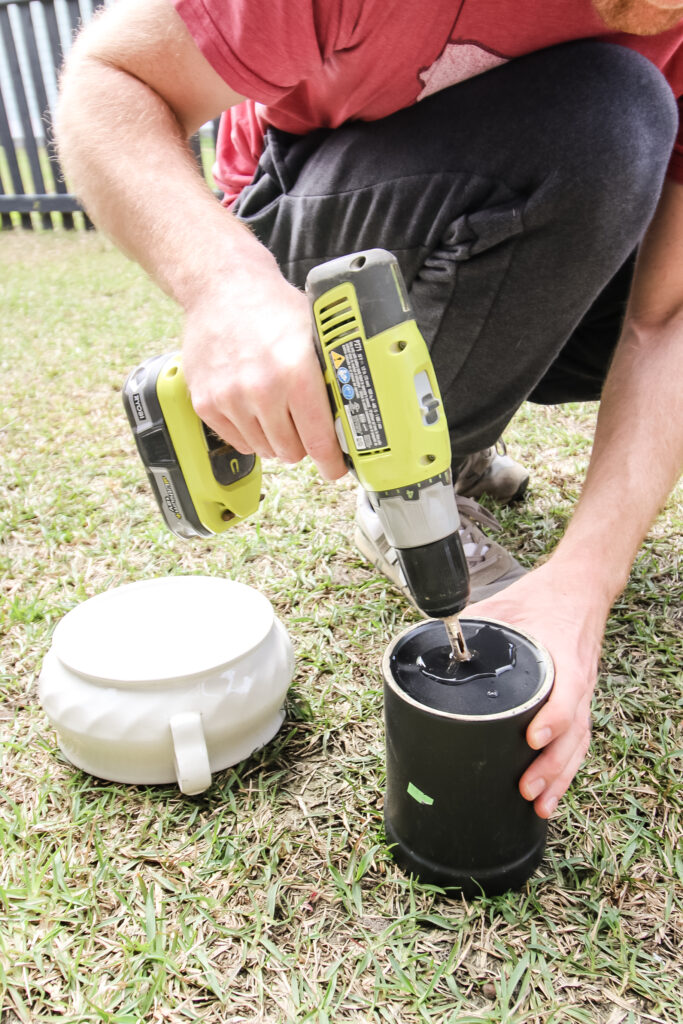
STEP 2: Prepare the pot
First, check your pot. So many plastic pots have built in drip trays on the bottom - you will want to remove this. It should snap right off.
Don't worry about breaking it - once you remove it, you won't need it any more.
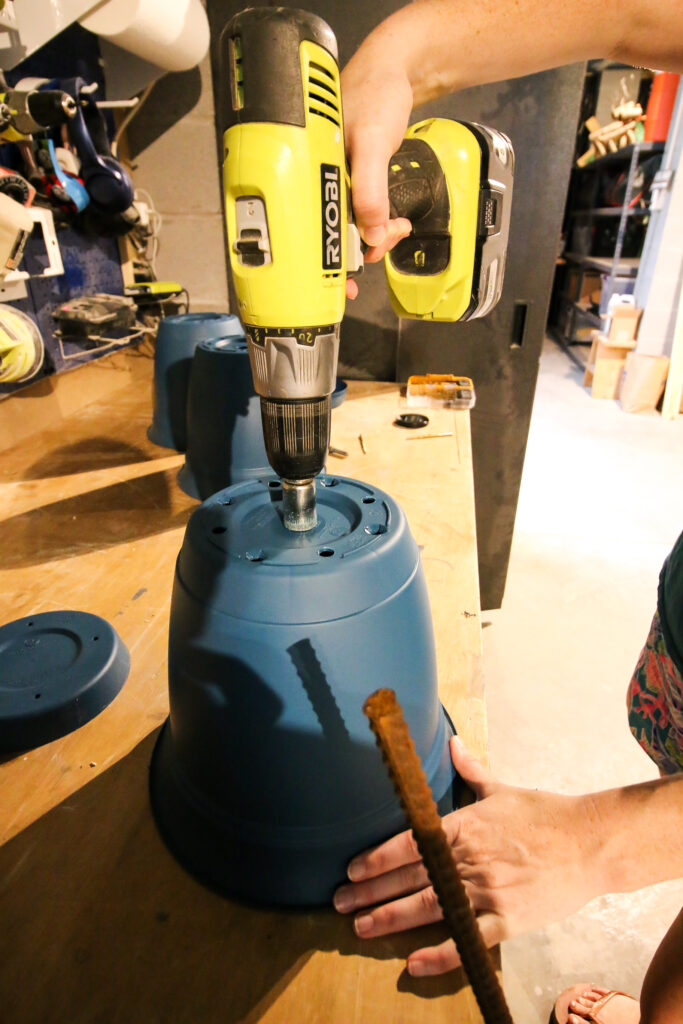
STEP 3: Flip the pot upside down
Set your pot upside down on a table or other flat surface.
Now, you can do this as a one person job. But, if you have a second person, they can hold the pot in place. Otherwise, it tends to spin on the drill.
You can hold with one arm and drill with the other - just depending on the size of the pot, it can be kind of arm-crossing to do both at once.
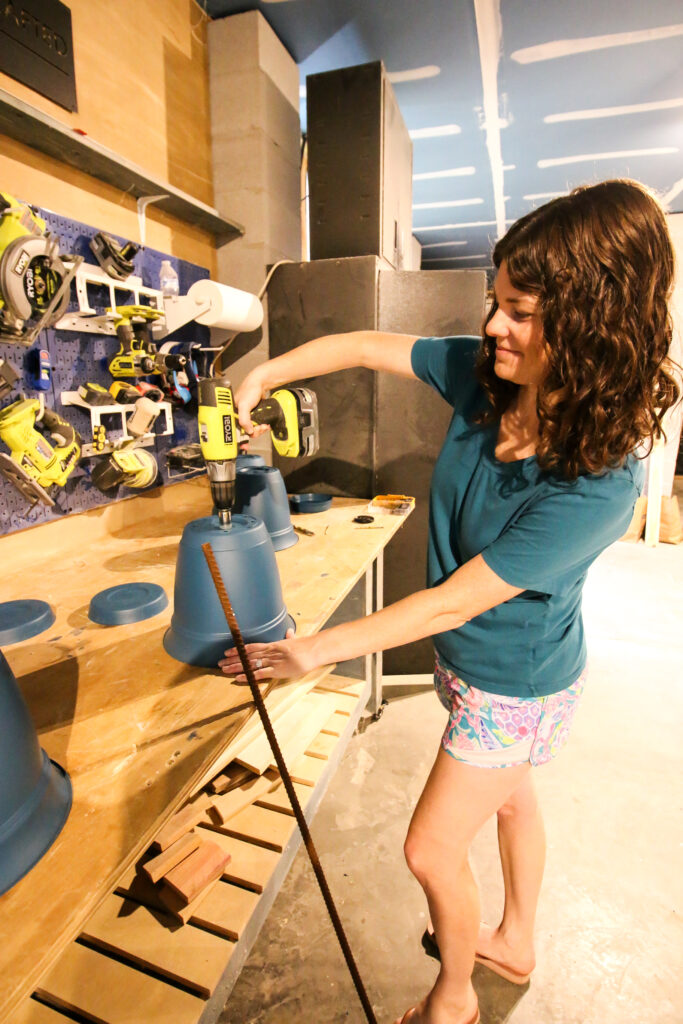
STEP 4: Drill in
If you are using a diamond or masonry drill bit, you can drill right in. Decide if you want to do one hole in the middle or several around the pot. I personally prefer to do a couple of holes on medium to large pots to be sure that water isn't pooling on one side or the other.
If you are using a twist drill bit, I suggest starting with a smaller size bit, and then slowly working up to a drill bit the size of your final desired hole. This will cut down on cracking.
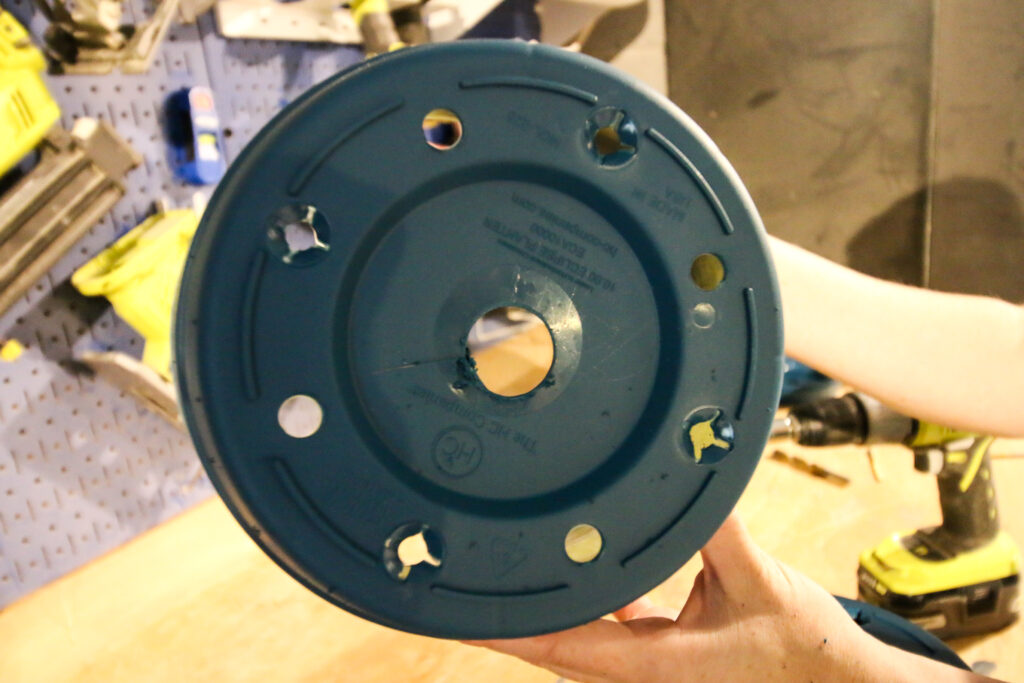
STEP 5: Add your plant
Add your plant and fresh soil to the pot. The drainage holes should give it proper drainage, but you can choose to add small pebbles below the soil if you like. Just be sure they are big enough to not fall thru the hole you just drilled!
If you plan to keep your pot indoors, add a drip tray underneath the pot to avoid extra water dripping out onto your floor or tabletop.
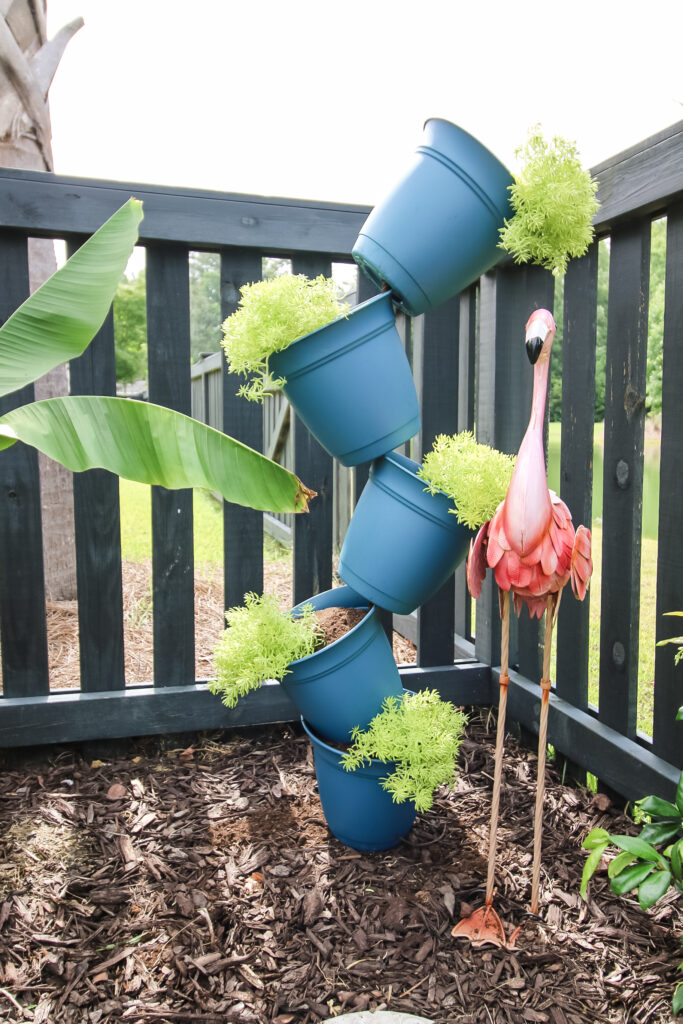
Here's the tutorial on how to make this topsy turvy planter!
Types of drill bits for each type of pot:
You can drill holes into pretty much any pot material, as long as you have the right type of drill bit.
| Pot type | Drill bit type |
| Terra Cotta & clay pots | Diamond drill bit/masonry bit |
| Ceramic tile | Diamond drill bit |
| Plastic pots | Sharp twist bit |
| Metal | Cobalt steel bit |
| Thick Glass | Diamond drill bit |
How many drainage holes should I add to a pot?
It's important that while you are drilling drainage holes, you drill enough to actually effective drain water from the pot. Any pot over 8 inches in diameter I like to add 2 holes to, just to be sure water isn't pooling on one side.
If you are drilling just one hole, drill it in the center. When drilling two or more holes, drill them halfway between the center of the pot and the edge, for increased stability.
You don't want 2 holes too close together or it could compromise the strength of the plastic in between them.
Video demonstration
Watch our video below for a full step by step demonstration of how we drilled drainage holes in our pots.
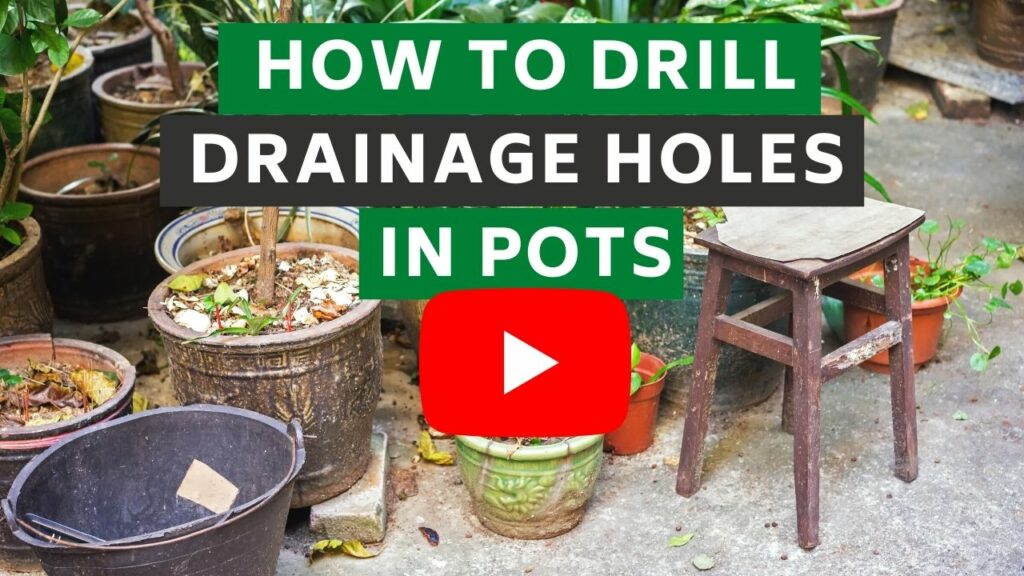
Looking for something?
We've been doing this since 2012 so we have a LOT of blog posts!
Search stuff like: Ceiling Projects | DIY Plant Stands | Thrift Flips


Hello, I'm Morgan, half of the creative force behind CharlestonCrafted.com! With a passion for DIY that dates back to 2012, I've transformed three homes and now I'm dedicated to helping others craft their dream spaces. Let's turn your house into a home together!



